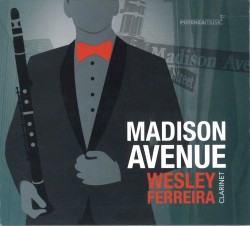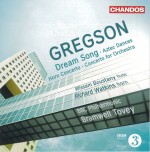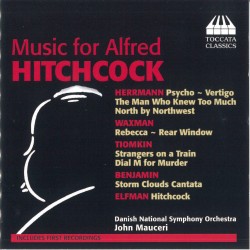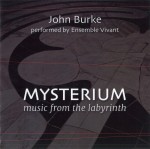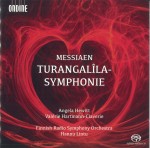Gabriel Prokofiev – Selected Classical Works 2003-2012
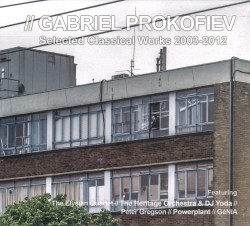 Gabriel Prokofiev – Selected Classical Works 2003-2012
Gabriel Prokofiev – Selected Classical Works 2003-2012
Various Artists
Nonclassical NONCLSS017
In this release by composer Gabriel Prokofiev (grandson of Sergei Prokofiev) we get a clear sense of the composer’s predilection for displacing his various musical influences (electronica for example) into traditional classical contexts. This disc, released on Prokofiev’s own label, is a collection of works ranging from 2003-2012 that signal Prokofiev’s return to notated compositions.
In his first and second string quartets, a series of dance grooves constantly devolve into mysterious textures. Punchy double-stops and gritty gestures remind one of Bartók or Janáček. Rhythmic plucks and scratches lie below lyrical folk inspired melodic elements. In the second quartet, Prokofiev does away with any lyrical commitment and relies on clear rhythmic processes akin to dissonant minimalism. Both quartets possess a satisfying yet frigid mood, much like the dreariness of the CD cover image.
Next, in the Concerto for Turntables and Orchestra the turntablist creates various electronic sounds cleverly blended with the orchestra with confident rhythmic inventiveness. Imagine Stravinsky’s Rite fused with the pounding rhythms of a nightclub beneath a haunting lyricism. The second movement evokes a deranged carnival as the turntable sounds mesh with the orchestra in a bizarre and warped sound environment.
Piano Book No. 1 provides an array of moods for the performer to explore without relying on unnecessary virtuosity. Next, the Cello Multitracks for solo cello allows the performer to stack dense layers of recorded cello sounds through electronic manipulation. The result is a rich sound world moving to and from ethereal and light moments, to thick and intense passages.
The disc is an impressive culmination of confident works that span a decade of the composer’s output. Each piece shows Prokofiev’s ability to create a successful reaction to the influences of pop and electronica through a traditional application.
Editor’s Note: Gabriel Prokofiev was the Roger D. Moore Distinguished Visitor in Composition and composer-in-residence at the University of Toronto’s New Music Festival in January 2014. There were a number of performances of his works including the Concerto for Turntables and Orchestra (with DJ Madhatter and the U of T Symphony) and Cello Multitracks and Remixes performed by Shauna Rolston.


